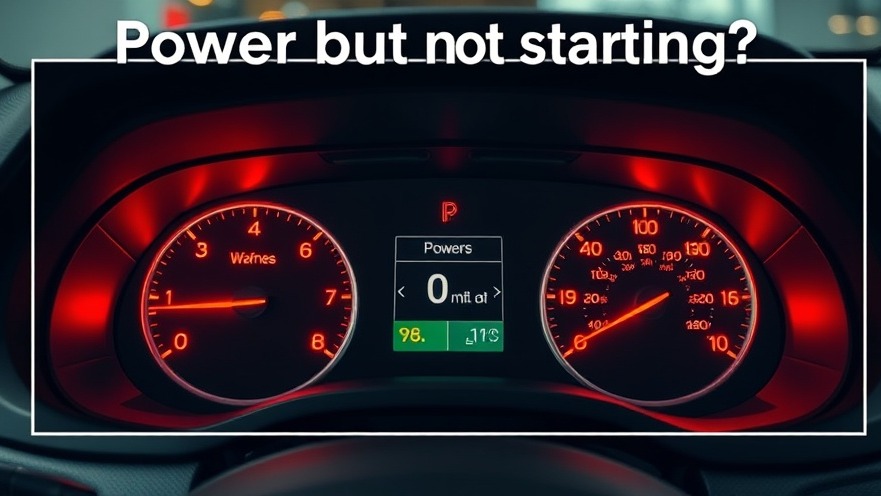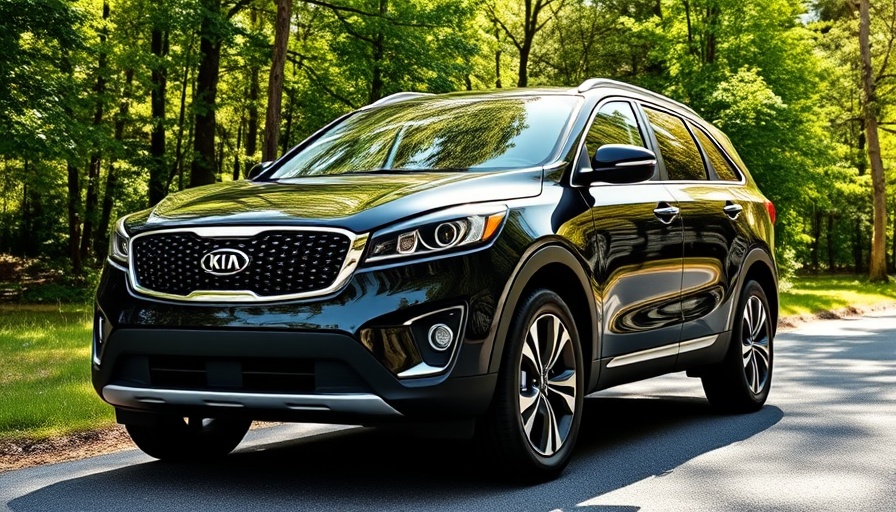
A Diagnostic Guide for No Start Conditions in Vehicles
Navigating a no-start condition in your vehicle can be a frustrating experience. Fortunately, with a systematic approach, you can diagnose and potentially resolve the problem without excessive expense or hassle. Being informed can not only save you time and money but also empower you to handle automotive issues with confidence.
In 'Car or Truck Not Starting? You Can Easily Fix It Yourself! Find Out Why Your Ride Won’t Crank!', the discussion dives into diagnosing car starter issues, prompting our deeper analysis on how vehicle owners can resolve these common problems.
Understanding Different No Start Conditions
When we refer to no-start conditions, there are typically two scenarios: Crank No Start and No Crank No Start. In a crank no start, the starter turns over the engine but fails to keep it running. On the other hand, with a no crank no start, the engine doesn't turn over at all. Understanding which condition applies to your vehicle can help narrow down the potential issues, allowing for a more targeted diagnostic approach.
Initial Checks: Battery and Connections
Before diving into complex diagnostics, start with the basics. A well-functioning vehicle should display at least 12.4 to 12.6 volts at the battery during a test. It's crucial to inspect battery terminals for corrosion, as even minor corrosion can limit electrical connectivity. A clean connection is indispensable for effective power delivery to the starting system.
Examine Fuses and Relays
Fuses and relays play a vital role in the electrical system, especially concerning the starter. Most vehicles have dedicated fuses to protect the starter circuit, often found in the engine fuse box. If you find a blown fuse, it is essential to investigate further, as it could indicate a short circuit somewhere within the system.
Checking the Ignition System
The ignition switch can be another overlooked component. Whether you use a traditional key or push-button start, a faulty ignition switch can disrupt the signals sent to the starter. If wiggling the key or shifter helps start the vehicle, you may be on the right path to identifying the root cause.
Power at the Starter: A Key Diagnosis Step
Locating the starter and checking if it receives power is an essential step. Vehicle configurations vary, and the starter can typically be found at different positions depending on whether the vehicle is front-wheel or rear-wheel drive. A multimeter can help test voltage at both the power and trigger terminals on the starter to confirm there's no interruption in electrical flow.
Ground Connections: Not to Be Overlooked
Good ground connections are critical for the starter to function. Often, the main ground strap connects the battery and engine block, and if there's corrosion or wear, it can lead to insufficient current for starting. Regularly inspecting these connections can prevent no-start conditions and ensure reliable vehicle performance in the long run.
Temporary Fixes: A Hammer’s Touch
For those moments when you find yourself in a bind, gently tapping the starter with a hammer while someone attempts to turn the key may provide a temporary fix. This can help free the components within the starter, essentially 'waking' it up to perform its function, but keep in mind this is merely a band-aid solution until a proper replacement can be made.
Common Aftermarket Concerns
If your vehicle has aftermarket accessories, these could inadvertently cause a no-start condition if improperly wired or connected. It's wise to examine any modifications to ensure they do not interfere with the factory wiring, thus leading to interruptions in power flow.
Armed with this diagnosis guide, automobile owners can take decisive steps to troubleshoot no-start conditions. Whether by following a systematic approach or consulting further resources, saving time and avoiding unnecessary repairs is key. Understanding your vehicle's components will lead not only to better maintenance but also to a more engaging relationship with your car.
To learn more about common automotive issues and their solutions, visit oneauto.com where you can get the help you need to navigate your vehicle troubles effectively!
 Add Row
Add Row  Add
Add 




Write A Comment